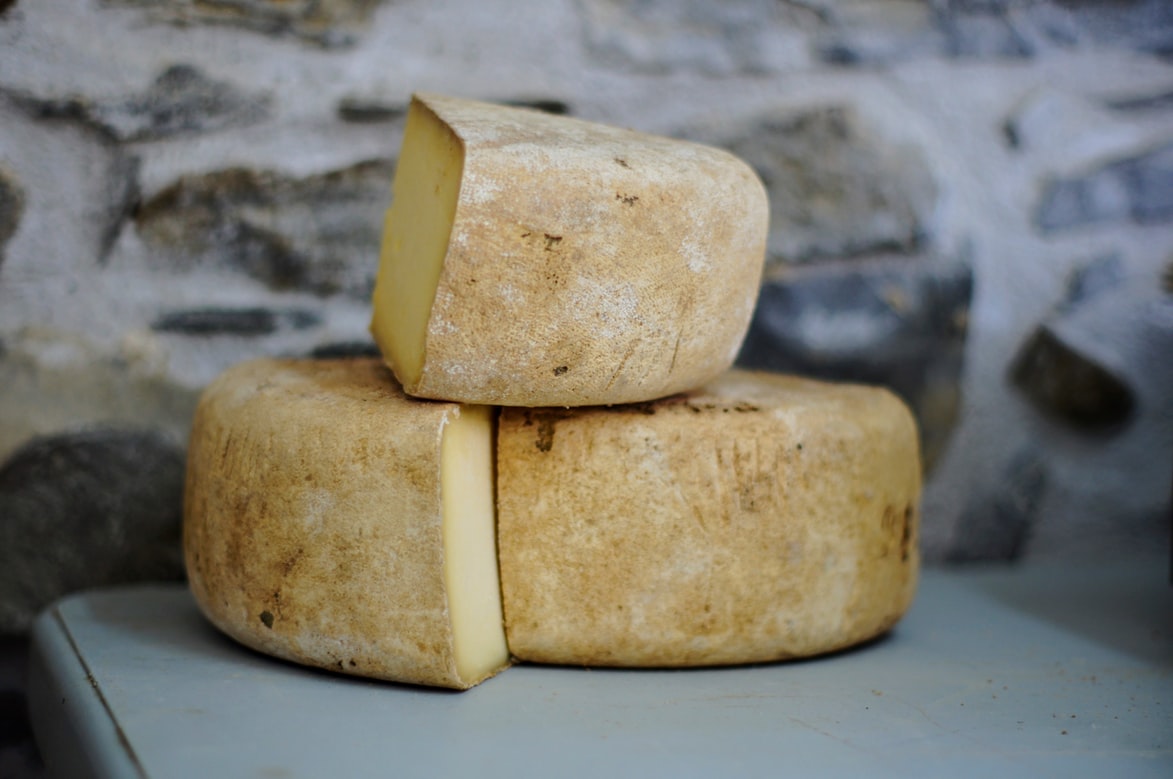Why Are Green Bay Packers Fans Called Cheese heads?

The Green Bay Packers are an American football team that is headquartered in Green Bay, Wisconsin. As a member of the National Football Conference, the Packers participate in the National Football League.
If you've lived in or visited Wisconsin, you've probably put a foam cheese wedge on your head. Whether you like the Green Bay Packers or not, the term Cheesehead has become associated with Wisconsinites through time. We're great Packers fans here at Van's Honda, and we want you to know about the fascinating history behind that mystery label.
Here are the reasons:
1. Famous Landmarks in Wisconsin
The Lambeau field is arguably the most popular sports landmark in Wisconsin. Home to the Green Bay Packers, the stadium has a capacity of 81,441. Speaking of the Packers, you can wager on the team and other franchises through the casinos in Wisconsin.
That being said, other landmarks in the city include the Milwaukee Art Museum, the Devil's Lake State Park and the Aztalan State Park. You can visit most of these tourist attraction sites free of charge or at a small fee.
2. Wisconsin Is Known as America's Dairy State
People from Wisconsin and the Green Bay region are referred to as Cheeseheads by Illinois residents since Wisconsin is renowned as the Dairy State. Although cheese manufacturing is a huge business in Green Bay and the state, it has been derided by sports fans.
State With the Most Cheese Producers
Wisconsin is the leading cheese-producing state in the United States, generating 26% of the country's cheese. 90% of the milk produced in Wisconsin is used to make cheese.
Wisconsin agriculture is a significant industry; the state has approximately 64,000 farms spread out across 14.3 million acres. Each year, these farms generate $88.3 billion towards the economy.
Packers embraced the nickname, and because of Brett Favre's meteoric ascent to popularity in a Green Bay uniform, the term Cheesehead is frequently used. You can't go near the Packers' stadium these days without being bombarded by cheese products.
- Mockery
People mocked Wisconsin sports fans for their dairy farming habits, but who now has the final laugh? We're guessing the people that create Cheesehead hats are laughing all the way to the bank.
3. Green and Gold
Blue and gold were the initial colors of the Packers. In 1935, however, their colors were altered to green and gold. The transition from blue to green is noticeable, but it's the yellow that matters here.
Consider changing the team's colors from blue to gold to green and red for a moment. Consider how out of place and strange an unabashedly yellow foam cheese helmet would look in those colors. The renowned wedge now perfectly fits the current team colors, giving the impression that such corny headwear has always belonged there.
4. Folk Tale
The genesis tale of the Cheesehead hat begins in Mom's basement, as it does with many great creations. Ralph Bruno, according to folklore, had an idea while reupholstering his mother's couch in 1987.
He told ESPN in 2011 that he had just been reading Chicago newspapers and saw that the Brewers (Milwaukee's baseball team) and their fans were being referred to as Cheeseheads.
He'd had enough of it and decided to make a hat to hurl it back in their faces. He carved out holes in leftover polyurethane foam to make it seem more like Swiss cheese than regular Wisconsin cheddar. He painted it a brilliant yellow to counteract this.
Imagination
Bruno states that he imagined a combination of three types of cheese, with the wedge like gouda, the color resembling cheddar, and the holes resembling Swiss. He put it on the next day and went to the Brewers-White Sox game.
The hat embarrassed his buddies at first, but when a lovely girl requested to try it on, they quickly declared it to be the best hat ever designed.
Bruno and his yellow cheese hat were so well-known at sporting events around the state-particularly at Packer games-that everyone wanted one. As a result, Bruno left his day job as a patternmaker to focus solely on the hats at his own factory.
Bruno's Business
Bruno's company is now headquartered in Milwaukee. Despite being a tiny, family-owned business with only a few full-time employees, they manufacture virtually every hat by hand. In addition to the original wedges of cheese, the firm also produces cowboy hats, championship belts, and a corn football.
"(The Cheesehead is) arguably more iconic to the state of Wisconsin than beer and brats," one delegate said in 2012 when the hat was acknowledged for its positive contribution to the state.
5. Name Calling and Rivalry with Illinois People
The phrase Cheesehead, like many other American terms, has European origins. The Dutch phrase "Kaaskop" literally means "head cheese," but it was and still is used to refer to someone who is foolish or thick.
According to the Racial Slur Database, the Nazis referred to the Dutch as this while conquering their nation during World War II, maybe in reference to their cheesy reputation.
While no other sources support this, there are additional instances when the word Cheesehead (or a variant thereof) appears in context, indicating that it was used as an insult.
Insults
In his 1969 autobiography, Papillon, named after his butterfly tattoo, Frenchman Henri Charrière claims that the jurors who convicted him guilty of murder were Cheeseheads, implying that they were stupid.
The British use the word cheesehead in relation to a sort of screw head with "vertical sides and a slightly domed top," which may or may not be connected to its pejorative roots.
Following WWII, Illinoisans began to use the word "neighbor" to refer to their northern neighbors. It's unknown why they started referring to Wisconsin residents as Cheeseheads.
Whatever the case, they used it as an insult at first, much like the Germans and Charrière. Chicagoans, in particular, used the word to refer to people they considered to be "backward hicks" from Wisconsin.
Optimism
Residents of this northern state, however, have a history of changing pejorative names into good ones, according to the Wisconsin Magazine of History.
Wisconsin miners, for example, would frequently emerge from their subterranean operations with streaks of black soot and were mockingly referred to as "badgers." They adopted it, and the badger is now the state animal (as well as the mascot of the state institution).





Loading comments...